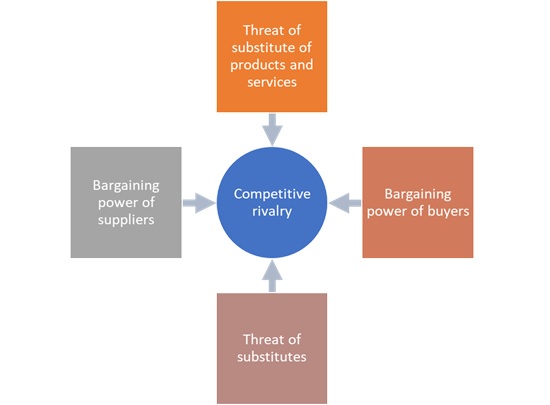Journey mapping is a way to uncover and understand how customers are experiencing your services and build empathy around the customer’s individual needs and experiences. Like rich pictures, journey mapping uses both graphic methods as well as words to help build a narrative.
A journey map captures the customer experience from their point of view and can tell a rich story about what happens to a customer that’s hard to capture without turning it into a narrative. Narratives and story-telling are a powerful tool to achieve collective thinking around human-centred design.
Mapping the end-to-end customer journey
Journey mapping can also be used to imagine a future state, using the format as a tool to speculate on what a customer might see and do if services were transformed. It may be possible in a co-design environment to conduct journey mapping on both a current state as well as a target state experience.
In creating a journey map, use customer narratives and customer data to plot:
- the customer experience over time
- a map of what they are doing, thinking, and feeling during the journey
- what (e.g., applications, digital services) and who they interact with along the way.
Gather information about customer experience
The first step is to understand the service scenario through interviews and data gathering to identify the points in the journey that represent a significant positive or negative experience for the customer. These represent points of pain or gain.
Journey maps are best created by interviewing multiple customers to capture their insights, and mapping them against each other to find commonalities, patterns, and trends. It may be an iterative process, or practitioners may map several journeys in a single workshop working in groups. Data on customers experience collected previously by the agency may be used but this information should be validated.
You can also consider using data sources such as customer survey results, user experience testing and website or business service application analytics as additional evidence to support and validate points on your journey map.
Next time you are in a small, internal meeting, don’t take notes, instead draw your own journey map based on identified customer feedback, user data or pain points.
If you have a good understanding of your customer experience or have identified a particular pain point for the customer or the agency, developing a service blueprint should be your next step.



